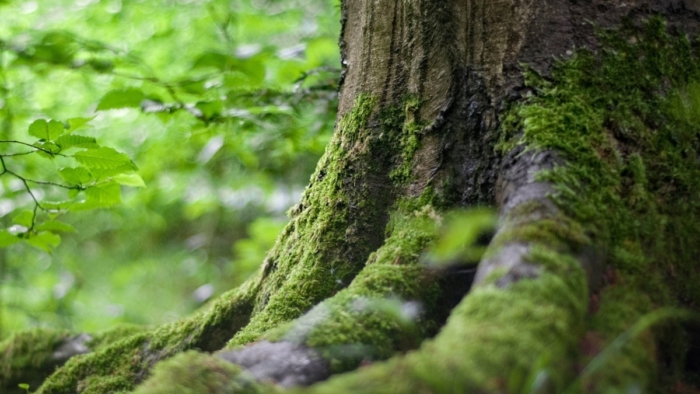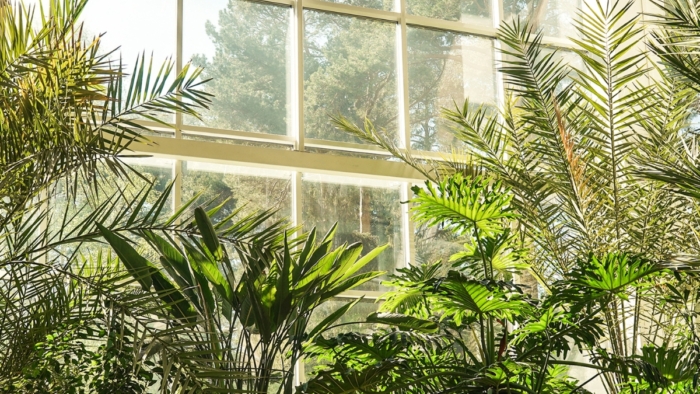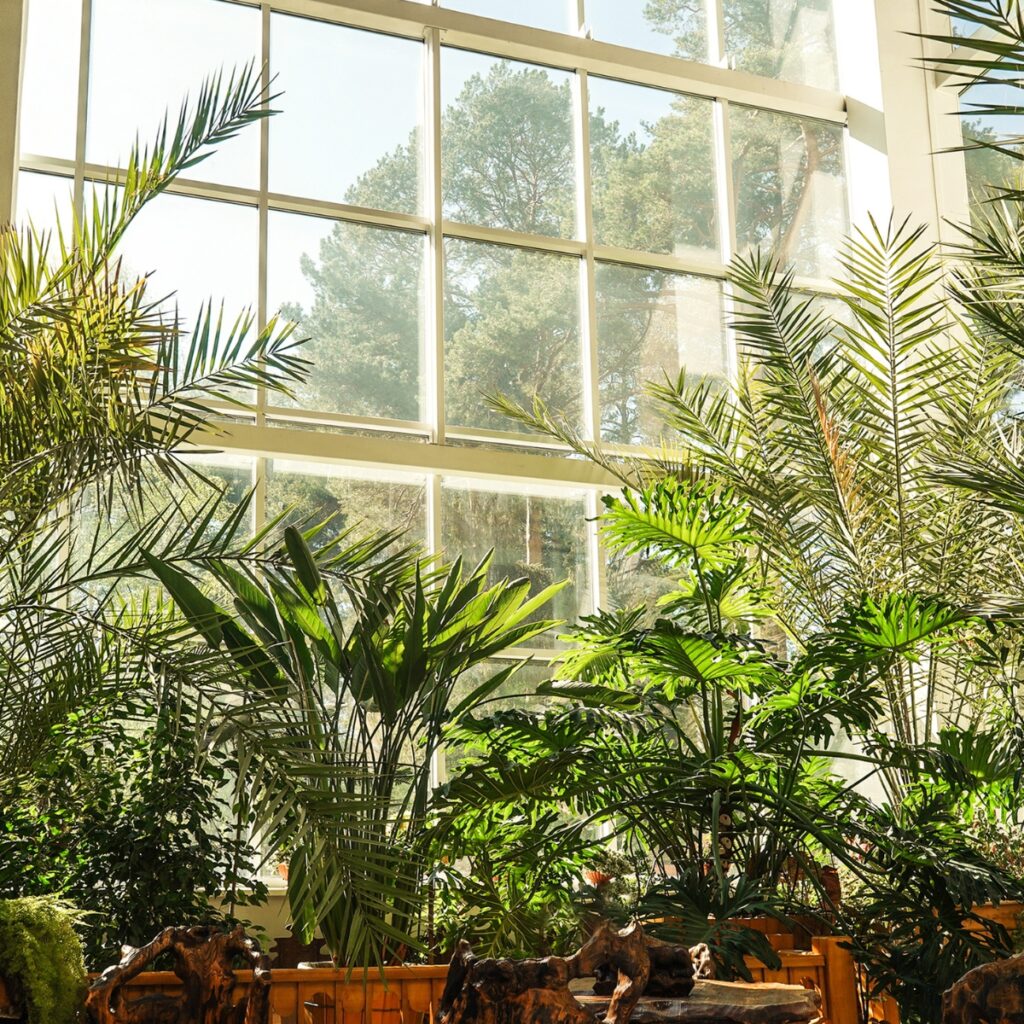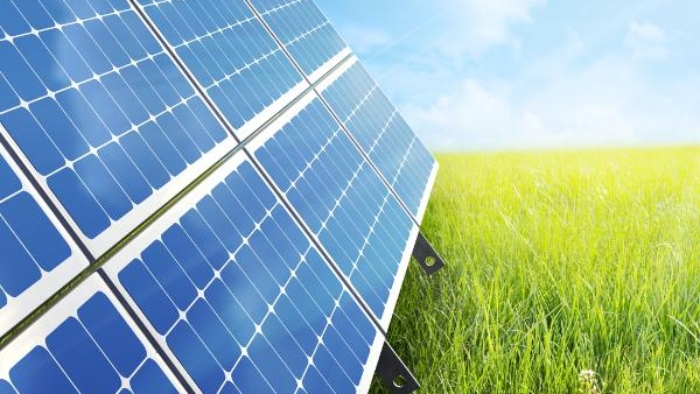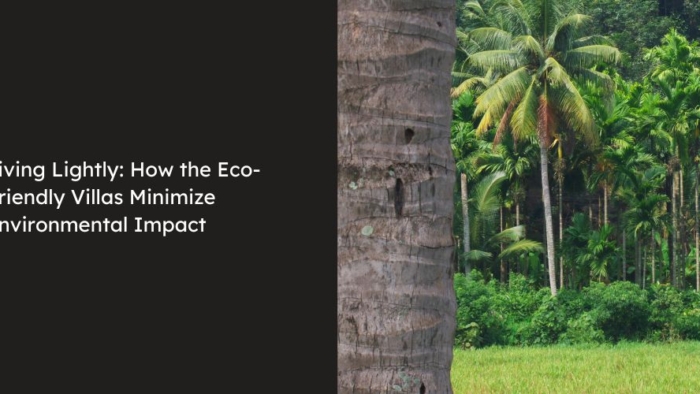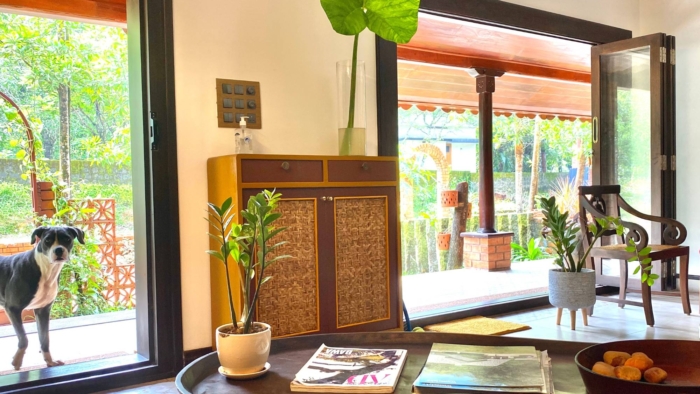The Psychology of Sustainable Spaces: How Green Design Affects Mental Health
In an era of rapid urbanization and growing environmental concerns, the intersection of sustainable architecture and mental health has become increasingly relevant. This blog post explores the profound connection between eco-friendly design and occupant well-being, delving into how green spaces can positively impact our psychological state and overall quality of life. Humans have long recognized the rejuvenating effects of nature on our mental state. From ancient times, people have sought solace and inspiration in natural settings. This innate affinity for nature, termed “biophilia” by biologist E.O. Wilson, suggests that we have an inherent need to connect with the natural world.
Research has consistently shown that exposure to nature can reduce stress, improve mood, and enhance cognitive function. A study by Ulrich et al. (1991) found that simply viewing nature scenes can lead to significant recovery from stress within minutes, as evidenced by changes in blood pressure, muscle tension, and brain activity. Our surrounding environment plays a crucial role in shaping our behaviour and mental state. The field of environmental psychology examines how physical spaces influence human experiences and actions. In the context of sustainable architecture, this means considering how design elements can promote both ecological sustainability and psychological well-being.
A review by Kellert (2008) highlighted that incorporating natural elements into built environments can lead to improved emotional well-being, reduced stress, and enhanced productivity. This concept, known as “biophilic design,” aims to satisfy our innate need for nature connection within modern urban settings. Green spaces and sustainable design features can have a profound positive impact on mental health; restorative environments that allow for mental fatigue recovery and improved attention. These environments offer the following:
- Natural elements capture attention effortlessly, allowing the mind to rest.
- A sense of escape from daily stressors and routines.
- The feeling of being part of a larger, cohesive environment.
- Harmony between the environment and one’s purposes or inclinations.
Moreover, concepts like “forest bathing” (Shinrin-yoku) in Japan have gained popularity for their stress-reducing and immune-boosting effects, and is used as a preventive medicine approach, with notable improvements in various physiological and psychological markers.
Pro-Mental Health Infrastructure in Urban Settings: As global urbanization continues to rise, integrating green spaces and sustainable design into city planning becomes crucial for public health. Urban green spaces serve as “psychological restoration zones,” offering respite from the sensory overload often associated with city life.
A study by White et al. (2013) found that individuals living in urban areas with more green space reported less mental distress and higher life satisfaction. This underscores the importance of incorporating parks, community gardens, and other green areas into urban landscapes to support mental health on a population level. In the context of rising stress levels and environmental concerns, constructing green homes has become more critical than ever. Sustainable home design goes beyond energy efficiency; it creates living spaces that nurture both physical and mental well-being.
Key features of green homes that contribute to mental health include:
- Natural lighting: Exposure to natural light regulates circadian rhythms and improves mood.
- Indoor plants: They purify air and provide a visual connection to nature.
- Non-toxic materials: Reduce exposure to harmful chemicals, potentially alleviating anxiety about health risks.
- Energy efficiency: Lower utility bills can reduce financial stress.
- Soundproofing: Minimizes noise pollution, promoting relaxation and better sleep.
A study by Allen et al. (2015) found that people working in green-certified buildings had 26% higher cognitive function scores compared to those in conventional buildings. This suggests that sustainable design features can have a significant impact on mental acuity and well-being.
Incorporating sustainable design elements into our living and working spaces can serve as an effective strategy to combat stress. By creating environments that mimic natural settings and promote a sense of connection with nature, we can tap into the inherent stress-reducing properties of the natural world. Some studies have demonstrated that office workers with greater exposure to nature elements reported lower levels of perceived stress and higher job satisfaction. This highlights the potential of biophilic design in workplace settings to mitigate work-related stress and improve overall well-being.
The psychology of sustainable spaces reveals a powerful link between green design and mental health. As we face global challenges of urbanization and environmental degradation, embracing eco-friendly architecture offers a pathway to enhance both planetary and human well-being. By consciously designing our built environments to incorporate natural elements and sustainable features, we can create spaces that not only reduce our ecological footprint but also nurture our psychological health.
As research continues to unveil the intricate connections between our surroundings and our mental state, it becomes clear that sustainable design is not just an environmental imperative but a public health strategy. By prioritizing green spaces and eco-friendly architecture, we can cultivate environments that support mental resilience, reduce stress, and promote overall well-being in our increasingly urbanized world.
Share this blog now
Recent Posts
- The Psychology of Sustainable Spaces: How Green Design Affects Mental Health
- Integrating Biodiversity and Landscape with the Architect’s Design: Winterlake
- Creating an Edible Forest in Your Backyard: The Wonders of Tropical Food Forests
- The Resurgence of Vernacular Architecture in Sustainable Design
- Sustainable Luxury: How Eco-Friendly Villas Redefine High-End Accommodation





